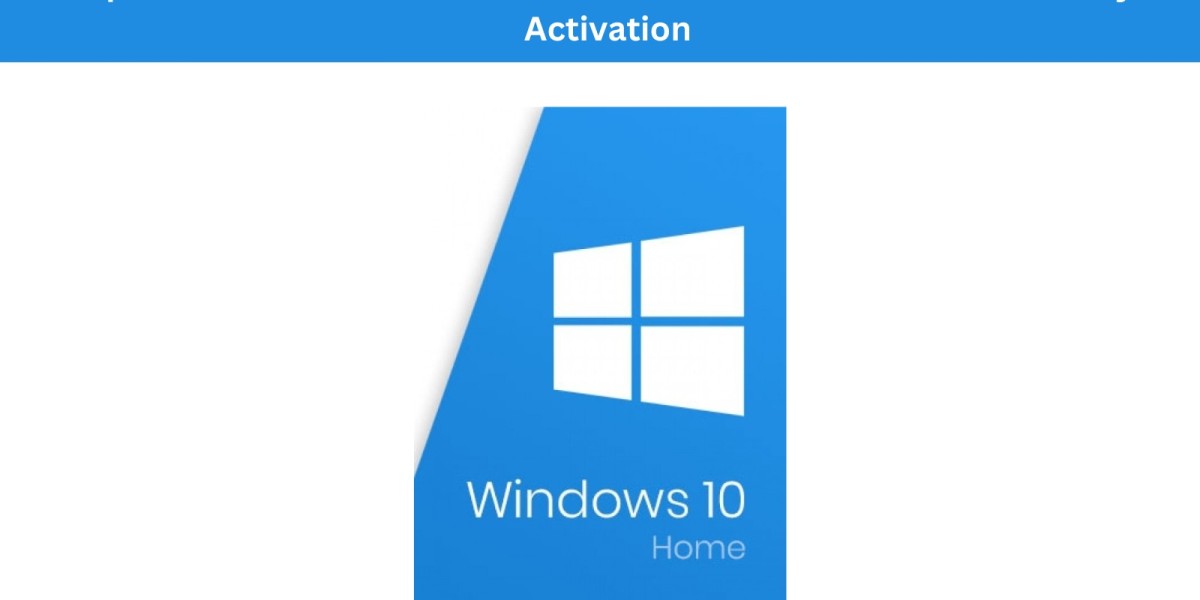In medical settings, oxygen therapy is an essential treatment used to improve the oxygen levels in the body of patients with respiratory conditions. It is a life-saving intervention for individuals suffering from chronic obstructive pulmonary disease (COPD), pneumonia, asthma, and other respiratory illnesses. Two primary methods of delivering supplemental oxygen are through high-pressure oxygen concentrators and oxygen cylinders. While both serve the same purpose, they differ significantly in terms of functionality, convenience, and portability.
In this blog post, we will delve into the differences between high-pressure oxygen concentrators and oxygen cylinders to help you understand their distinct features and make an informed choice.
High-Pressure Oxygen Concentrators
High-pressure oxygen concentrators are medical devices designed to extract and concentrate oxygen from the surrounding air. These machines function by taking in room air, removing nitrogen, and supplying almost pure oxygen to the patient. The oxygen produced typically has a purity level of 90-95%, making it suitable for most medical applications.
High-pressure oxygen concentrators are typically more expensive than oxygen cylinders, but they have several advantages. They are more portable than oxygen cylinders, and they can provide a continuous flow of oxygen. This makes them a good option for people who need oxygen therapy on a long-term basis.
Functionality
The functionality of high-pressure oxygen concentrators revolves around their ability to extract and filter oxygen molecules from the air through a process called Pressure Swing Adsorption (PSA). These concentrators consist of molecular sieves that separate nitrogen and other gases from the air, leaving behind oxygen-rich gas that is then delivered to the patient through a nasal cannula or a mask.
Advantages of High-Pressure Oxygen Concentrators
Continuous Oxygen Supply
High-pressure oxygen concentrators can provide a continuous and uninterrupted supply of oxygen, making them ideal for patients who require oxygen therapy throughout the day, even during sleep.
No Refills Required
Unlike oxygen cylinders that need frequent refills, concentrators only require a power source to operate, which eliminates the need for regular replacements or refills.
Energy Efficiency
Oxygen concentrators are energy-efficient and can be powered using electricity or batteries, reducing operational costs and environmental impact.
Lower Cost
In the long run, oxygen concentrators can be more cost-effective than cylinders, especially for patients who need oxygen therapy over an extended period.
Limitations of High-Pressure Oxygen Concentrators
Power Dependency
Oxygen concentrators rely on a stable power supply, which can be a challenge in areas with frequent power outages or in remote locations.
Mobility
While some portable versions are available, concentrators can still be bulkier and less portable compared to oxygen cylinders.
Oxygen Cylinders
Oxygen cylinders are familiar metal tanks filled with compressed or liquid oxygen. These cylinders store a finite amount of oxygen at a high pressure, which is then released and delivered to the patient through a regulator and appropriate delivery device.
They are typically larger and heavier than oxygen concentrators, but they can provide a higher flow of oxygen. This makes them a good option for people who need high-flow oxygen therapy, such as those who are recovering from surgery or who have COPD.
Oxygen cylinders are also more affordable than high-pressure oxygen concentrators. However, they need to be refilled regularly, which can be inconvenient.
Functionality
The functionality of oxygen cylinders lies in their ability to store oxygen under high pressure, making it readily available for immediate use. When the cylinder's valve is opened, the compressed or liquid oxygen is released and can be administered to the patient via various delivery devices.
Advantages of Oxygen Cylinders
Portability
Oxygen cylinders come in various sizes, including smaller, lightweight options, which makes them highly portable and suitable for patients on the go.
Independence
Since oxygen cylinders do not rely on external power sources, they offer independence to patients, allowing them to move freely without being tethered to a power outlet.
Emergency Use
Oxygen cylinders are invaluable in emergencies or during power outages, ensuring patients receive immediate oxygen supply when needed.
Limitations of Oxygen Cylinders
Limited Oxygen Supply
Oxygen cylinders have a finite amount of oxygen and need to be refilled or replaced regularly, which can be inconvenient for long-term oxygen therapy.
Higher Costs in the Long Run
The recurring costs of refilling or replacing oxygen cylinders can add up over time, making them less cost-effective for extended use.
Inconsistent Purity
The purity of oxygen in cylinders can vary, and it may not always be as high as what oxygen concentrators can provide.
Which Oxygen Device to Choose?
The choice between high-pressure oxygen concentrators and oxygen cylinders depends on the specific needs and lifestyle of the patient:
Here are some factors to consider when choosing between a high-pressure oxygen concentrator and an oxygen cylinder:
• Your Patient’s Lifestyle: If your patient is active and on the go, a portable oxygen concentrator may be a better choice for them. If they are mostly sedentary, an oxygen cylinder may be a better option.
• Your Patient’s Budget: High-pressure oxygen concentrators are more expensive than oxygen cylinders. However, the upfront cost of a high-pressure oxygen concentrator may be offset by the convenience of not having to refill it regularly.
• Your Patient’s Medical Condition: If your patient has a condition that requires high-flow oxygen therapy, an oxygen cylinder may be a better choice.
No matter which type of oxygen delivery device one chooses, it is important to use it safely and according to your specialist’s instructions.
You Decide Between Oxygen Concentrator and Oxygen Tank
Both high-pressure oxygen concentrators and oxygen cylinders play crucial roles in oxygen therapy, and their suitability depends on individual circumstances. When making a decision, it's essential to consider factors such as oxygen requirements, lifestyle, mobility needs, and budget constraints. Consulting with a medical professional is always recommended to determine the most appropriate oxygen delivery method for specific medical needs, ensuring optimal health and quality of life for the patient.
If you need to look for oxygen concentrators, oxygen tanks, or other oxygen devices, check specialist manufacturers for these devices like Sanai Health. Sanai Health has experience of 20+ years in the manufacturing industry for standard and novel oxygen concentrator devices.








